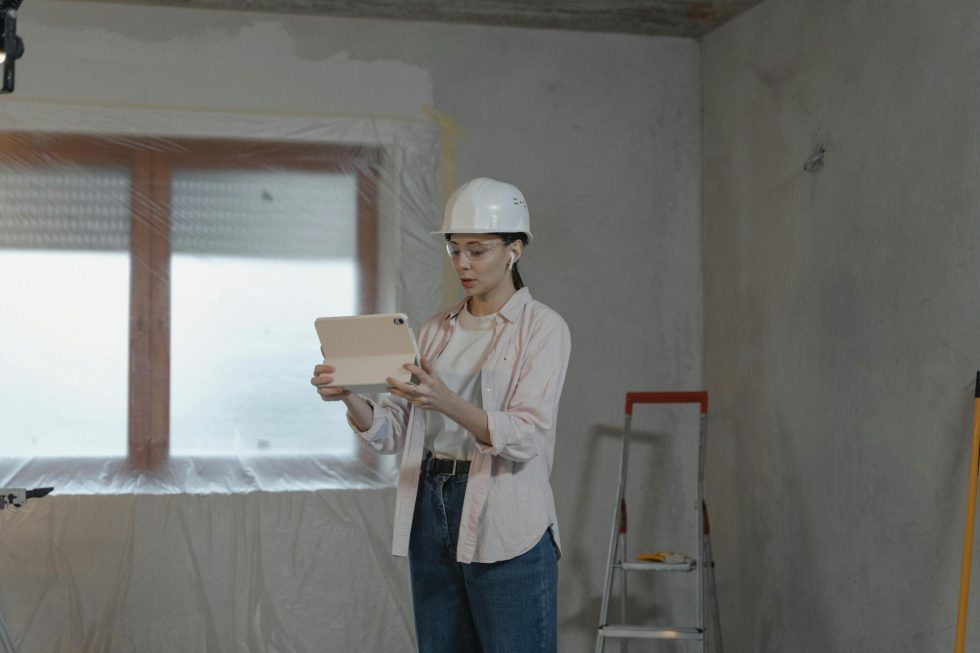Sun Tzu wrote in The Art of War that there are two keys to any battle: know your enemy and know yourself. Mold is a brutal enemy to defeat because it’s difficult to understand.
There are so many species that it’s hard to know which one you’re dealing with. Mold is also a silent enemy that loves to hide.
Read on to learn how to interpret a mold assessment report and get the information you need.
When You Need Mold Testing
There isn’t a wrong time to undergo mold testing, but there are certain times when it’s essential. Don’t buy a house without it. Don’t ignore water damage or strange odors. Don’t suffer through health concerns without finding out what’s causing them.
High Humidity or Water Damage
According to the Orlando Informer, the city’s average humidity is around 74%. Those are the kind of high numbers that mold thrives in.
Hire an inspector to check your house if the humidity persists, regardless of the products you use. It’s also important to check for mold if you notice any signs of water damage, such as leaks or peeling wallpaper.
Before Buying a House
Getting a mold inspection before buying a home is almost like test-driving a car. You want to make sure that you’re making a sound investment.
Mold grows quickly and can hide almost anywhere. Getting inspected ensures you won’t have any spores that can damage your home and harm your family.
Strange Odors
Visible spores are an obvious sign to get a mold inspection, but your other senses may spot it first. According to the EPA, most mold species give off a musty smell.
Notice if the smell seems to get stronger in certain areas. That most likely means you’ve sniffed out the mold.
Health Concerns
Mold illnesses are a serious problem, but just how serious depends on the type of mold involved.
Symptoms could include:
- Allergic reactions
- Respiratory problems
- Toxicity
- Infections
Certain people are more at risk. According to the Asthma and Allergy Foundation of America, over 28 million people have asthma.
These problems can even become chronic with prolonged mold exposure. If you notice sudden health changes, get your home tested for mold as soon as possible.
The Process of Mold Testing
A mold assessment is more than one test. The inspector will use various inspection methods, such as:
- Collecting samples
- Indoor air quality (IAQ) assessments
- Thermal imaging
- EMMA and EMRI testing
These methods enable them to access hidden areas. They can detect mold in every part of your home.
Types of Mold
A key part of interpreting mold results is identifying your enemy by knowing what species of mold you’re looking at. There are thousands, but most homeowners will only see the 14 most common types.
Narrowing it down even further leads to the three most common. Aspergillus and Cladospirum can be irritating, but Stychborus presents a serious health risk.
Aspergillus
Aspergillus is often found in insulation or damp walls. It causes respiratory issues and exacerbates allergies.
Cladosporium
Cladosporium can be found both indoors and outdoors. It’s a frequent cause of respiratory issues, but it can also irritate the skin.
Stachybotrys (Black Mold)
Stachybotrys, also known as black mold, is the “black sheep” of the mold family. It has the most significant impact on home mold safety.
Exposure to black mold causes symptoms such as:
- Respiratory issues
- Fatigue
- Headaches
Key Sections of a Mold Assessment Report
Breaking down a mold assessment report into sections is the easiest way to interpret it. They’re meant to provide information about what the inspector saw and what the lab found. They also provide advice about next steps.
Visual Inspection Summary
This section notes any signs of mold that the inspector can take in with their five senses. These may include:
- Musty odors
- Discoloration
- Water damage
You may have already noticed these signs by the time you call for a mold inspection, but it remains an important part of the report. It’s a record of what happened to your home and proof you weren’t the only one noticing the changes.
Sampling Results
This is where the report begins to get a bit more technical. It indicates information about air and surface samples.
You’ll see if they tested positive for mold and what types. It’ll also list the areas affected.
Lab Results and Analysis
This section delves deeper into the laboratory’s results from the mold testing analysis. It informs you about the types present. It also explains their potential health impacts.
Interpreting Mold Concentration Levels
Your mold assessment report will also list the concentration of mold spores in your home. It’s typically measured in spores per cubic meter of air.
From there, mold concentrations fit into three categories, which are:
- Acceptable
- Moderate
- High
These categories apply inside and outside. It can help you determine where your problem is coming from. If the levels are high indoors but moderate outdoors, the source of the mold is likely indoors.
It also determines what your next steps should be.
Next Steps and Mold Remediation
Did your report show high mold concentration levels? You may need professional mold remediation, especially if it’s high inside and outside.
Mold remediation involves removing mold from your home. It also involves taking steps to keep it from coming back.
The remediation crew will isolate and clean the affected area. Any damaged materials will be removed.
Then, they’ll perform one final mold inspection. You’ll get another report. Once it comes back all clear, you can begin repairing your home.
Mold Prevention
Knowing how to prevent mold is even more important than knowing how to remove it.
Remove clutter so the spores have nowhere to hide. Inspect areas prone to moisture buildup.
Deal with excess moisture by sealing gaps and improving your ventilation. You can also invest in dehumidifiers and plants.
Get a Mold Assessment Today
A mold assessment report gives you information about what types of mold are in your home and how much. Interpreting it is the first step in getting rid of them.
Elite Mold Services has been Central Florida’s top professional testing solution since 2006. We offer everything from water testing to mold assessments.
Our qualified team provides comprehensive, easy-to-understand results at a fair price. Contact us to get an estimate for a mold assessment today.

